Meet Emily and Michael Endo | Artists ad Educators at High Desert Observatory, Yucca Valley, Ca.
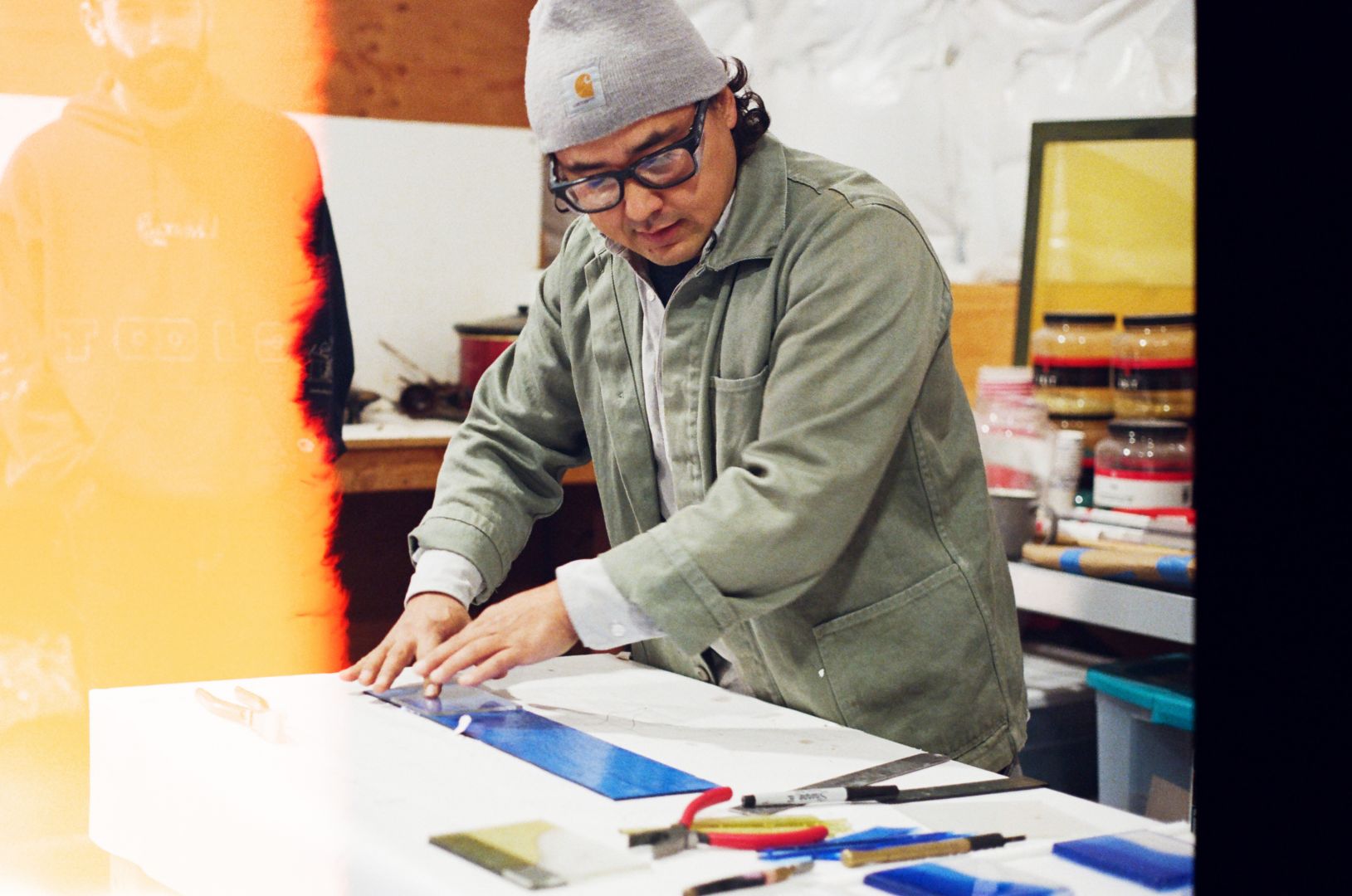

We had the good fortune of connecting with Emily and Michael Endo and we’ve shared our conversation below.
Hi Emily and Michael, what principle do you value most?
There are a few key values that guide our work – providing informative, accessible and hands-on learning opportunities and supporting sustainable relationships between art, craft and the natural world.
At our studio, the High Desert Observatory, we offer workshops that focus on glass, textiles, craft, aromatics, and permaculture. Many of these workshops respond to the unique desert landscape that surrounds us. For example, we offer classes on dyeing with local desert plants grown on the property.
We are also working towards making our lifestyle as integrated as possible. We compost and collect rainwater. The water from our home and studio is reused to water the trees and our garden. Additionally, we are designing classes and projects that incorporate materials considered waste – such as, ink-making with kitchen scraps and creating functional household items using recycled glass.
In 2018, we began transforming our space following permaculture design principles. The previous owner used the 2.5 acres that surround our studio as an ATV track and removed most of the local plant life. Beginning with some minor adjustments to “plant the rain” – create earthworks to reverse the degradation of the soil – our aim is to create more habitat for wildlife while also providing our home and studio with food and materials.
In order to serve our community, we lead free workshops on desert gardening and partner with organizations such as Bullseye Glass and the Arts Connection Network to offer low cost workshops and scholarships. We also work with Southern California artists and designers to create arts programming that supports their practices.

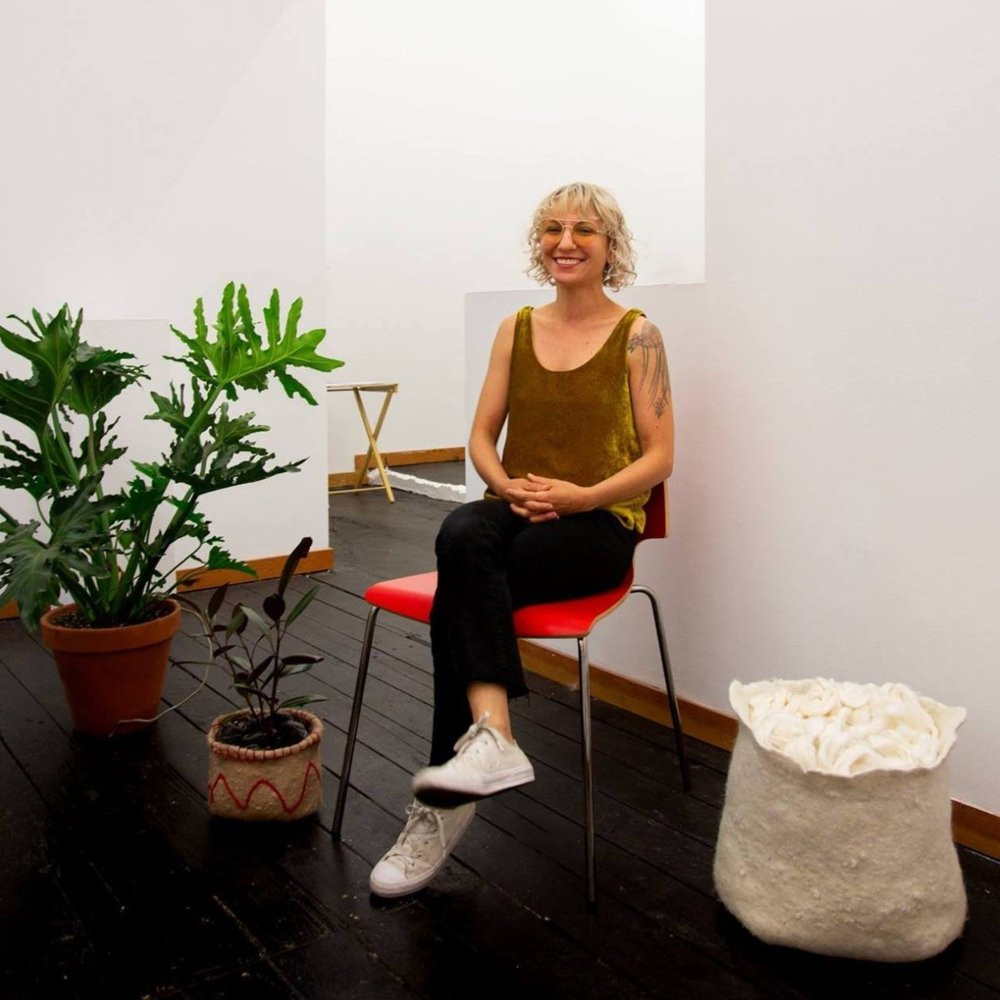
Alright, so let’s move onto what keeps you busy professionally?
We spend a lot of time researching and developing ideas for new classes and projects. We both share a love and curiosity for materials and learning new processes. This has allowed us to work with and teach a wide variety of subjects as well as integrate multiple aspects of methods and materials together.
For example, we grow multiple desert plants on the property that can be used for food, medicine, textile dyeing and perfume. Learning about plants from multiple perspectives, allows you to understand them better. We love being able to show students what a plant looks like, how it functions as part of the local ecosystem, what the juice tastes like and how it can be used as a dye or pigment and as a fragrance material. Too often, these different interrelated aspects are separated in education.
We also enjoy collaborating on and designing multimedia workshops. One of our favorite classes to teach is a glass casting and perfume-making. In this dual workshop, students create intricate hollow glass vessels and a companion perfume.
Glass vessels and perfume have a long interrelated history, so its great to be able to bring these two seemingly disparate techniques together. We teach this class at our desert studio and have been fortunate enough to teach it at education centers across the country, including Pilchuck Glass School in Stanwood, WA and Shiny Sparkle Labs in Brooklyn, NY.
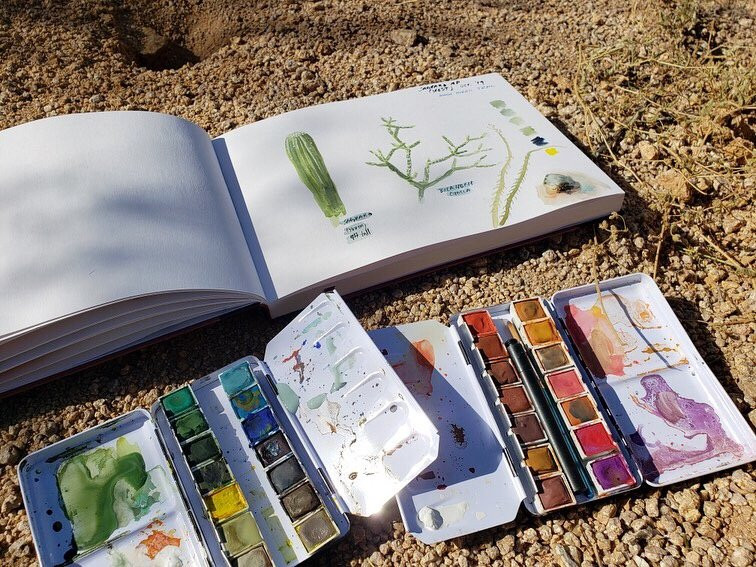
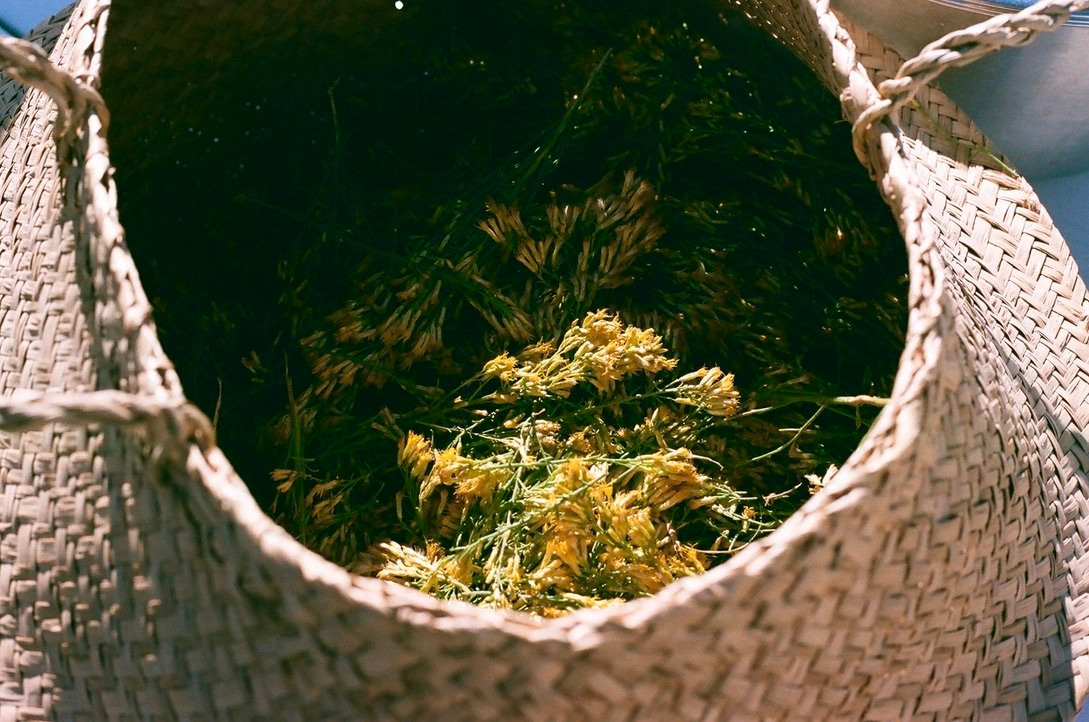
Let’s say your best friend was visiting the area and you wanted to show them the best time ever. Where would you take them? Give us a little itinerary – say it was a week long trip, where would you eat, drink, visit, hang out, etc.
Day 1: Pack a lunch and spend the day hiking in Joshua Tree National Park.
Day 2: Hang out in the town of Joshua Tree – Grab vegetarian breakfast at the Joshua Tree Retreat Center, do a tour of artist Andrea Zittels’s AZ West site, visit Noah Purifoy’s Outdoor Desert Art Museum and the World Famous Crochet Museum. Vintage shopping at the End.
Day 3: Wake up early and head northeast to Amboy Crater. Listen to Other Desert Radio and the Desert Oracle podcast on the way. After hiking continue deeper into the Mojave Desert, stop at Roy’s Motel and Café for snacks and gas and then drive out to the Kelso Sand Dunes. Hike up and marvel at the dunes. On the way home – stop at the Palms Bar and Restaurant and hopefully catch some live music.
Day 4: Low key relaxation day in Palm Springs and sleep over at the Ace Hotel & Swim Club. Pick up vegan lunch at Chef Tanya’s Kitchen in Palm Springs. Walk around the Moorten Botanical Garden and visit a few local shops including Mojave Flea Trading Post and Big Bud Press. Check in to the hotel and hang out by the pool for the rest of the day. Dinner at the hotel restaurant – King’s Highway Cafe.
Day 5. Drive Southeast to Salvation Mountain. Stop at the International Banana Museum on the way! Head back to Joshua Tree.
Day 6. Brunch at Mas y Menos. Sound Bath at the Integratron. Dinner at La Copine.
Day 7: Morning walk through Joshua Tree National Park.
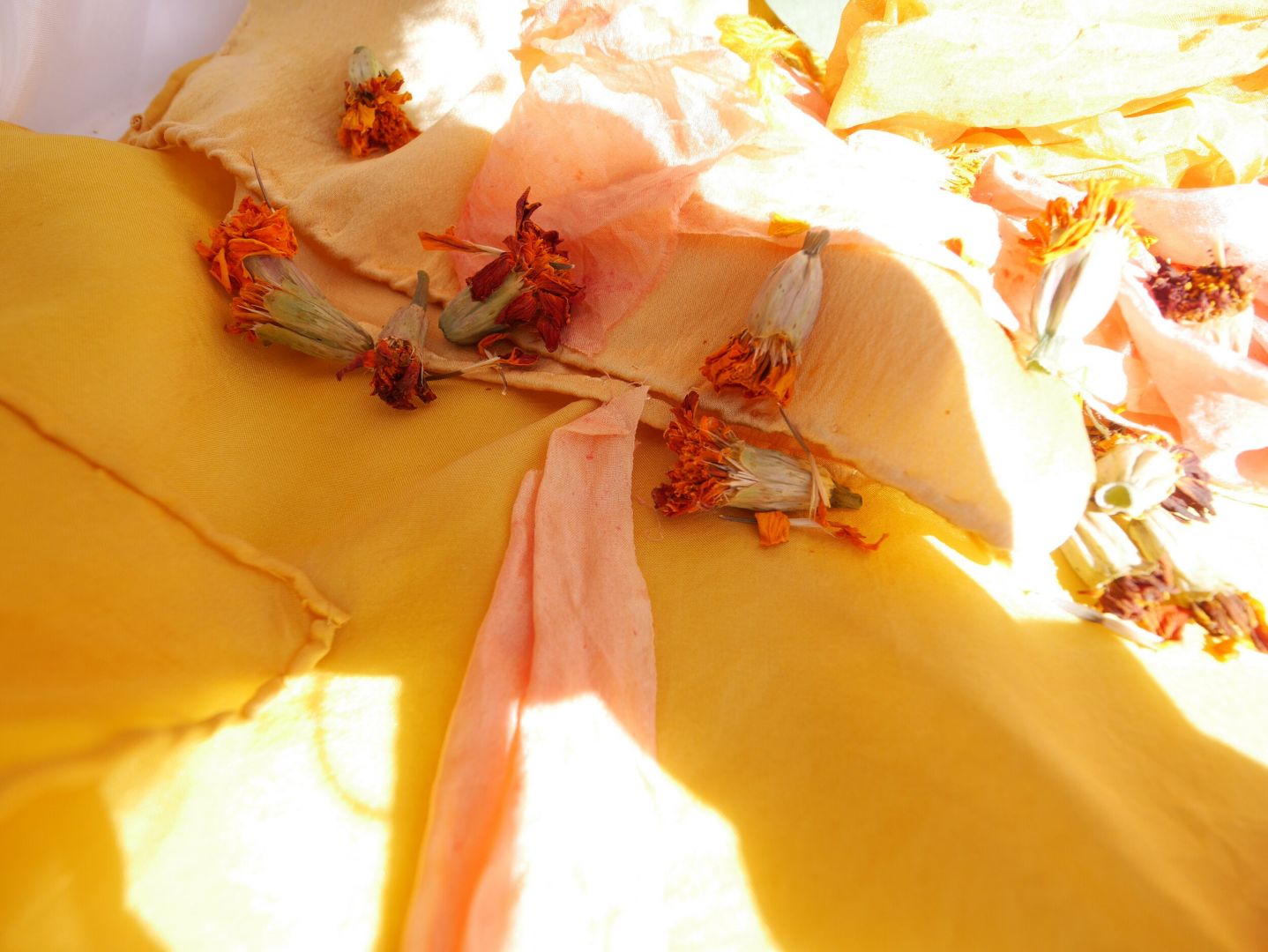
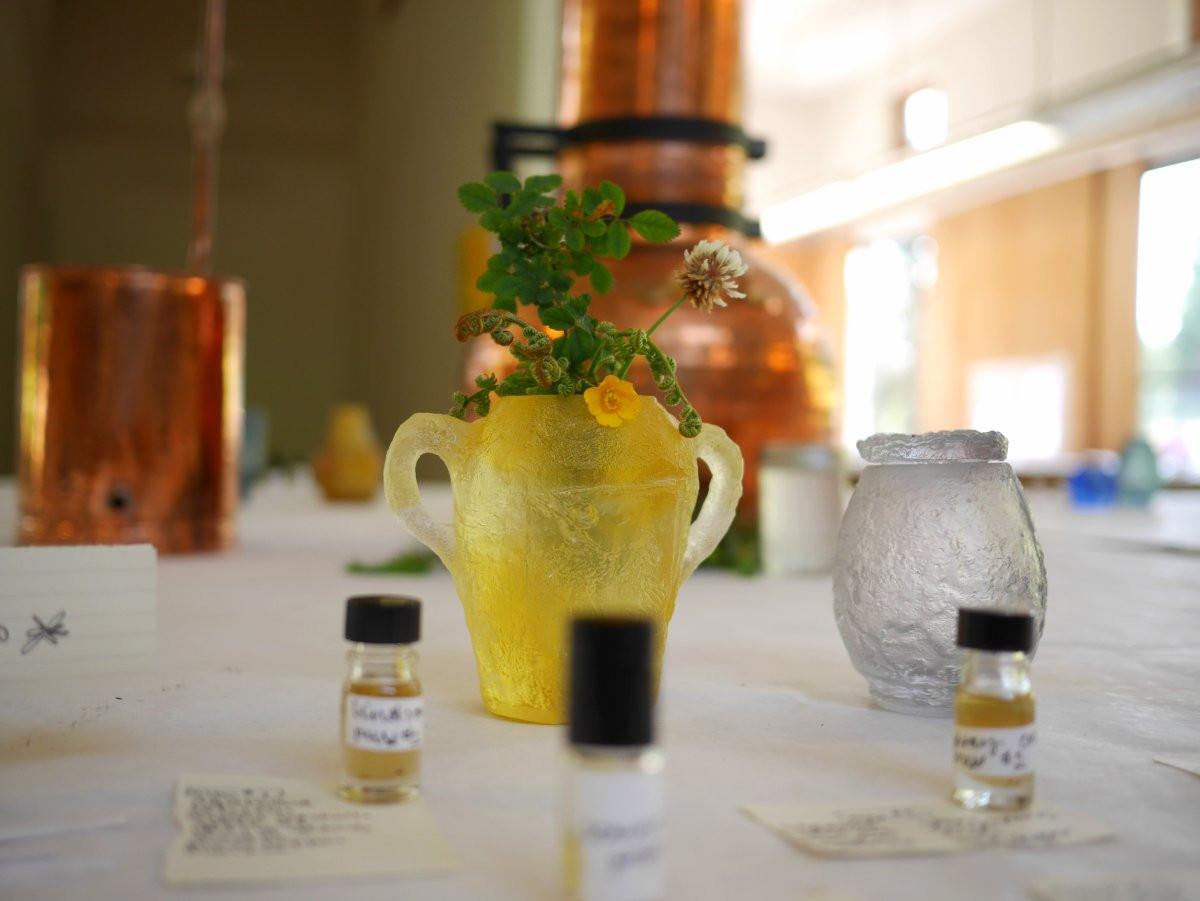
Who else deserves some credit and recognition?
There are a lot of people and organizations we’d love to shout out, particularly – the Joshua Tree and Yucca Valley arts and ecological community and our amazing students! We would not be able to do the programming we do without their support.
Also thanks to the generous support of Bullseye Glass Co. we have been able to offer full scholarships to our glass classes.
Additionally, we have learned so much about desert permaculture and gardening from our friends at Opuntia Farm and the Harrison House Arts & Ecology Center.

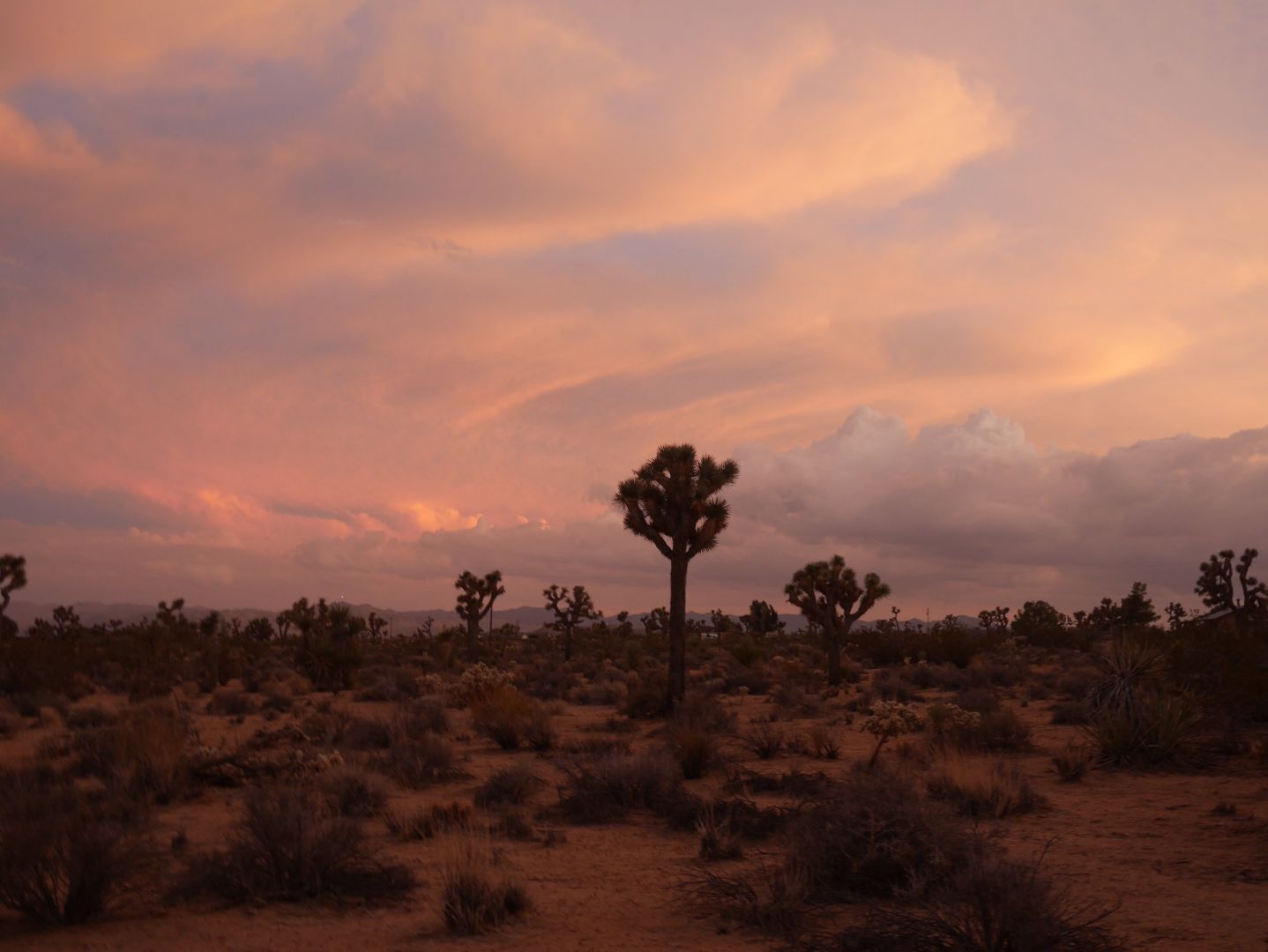
Website: www.highdesertobservatory.com
Instagram: @highdesertobservatory
Facebook: https://www.facebook.com/highdesertobservatory
Youtube: https://www.youtube.com/channel/UCtHLRb0X5R0pkV8TlWEFrog
Image Credits
Kim-lien Le, Dana Senge, Samantha Dewey, Sera Lindsey
